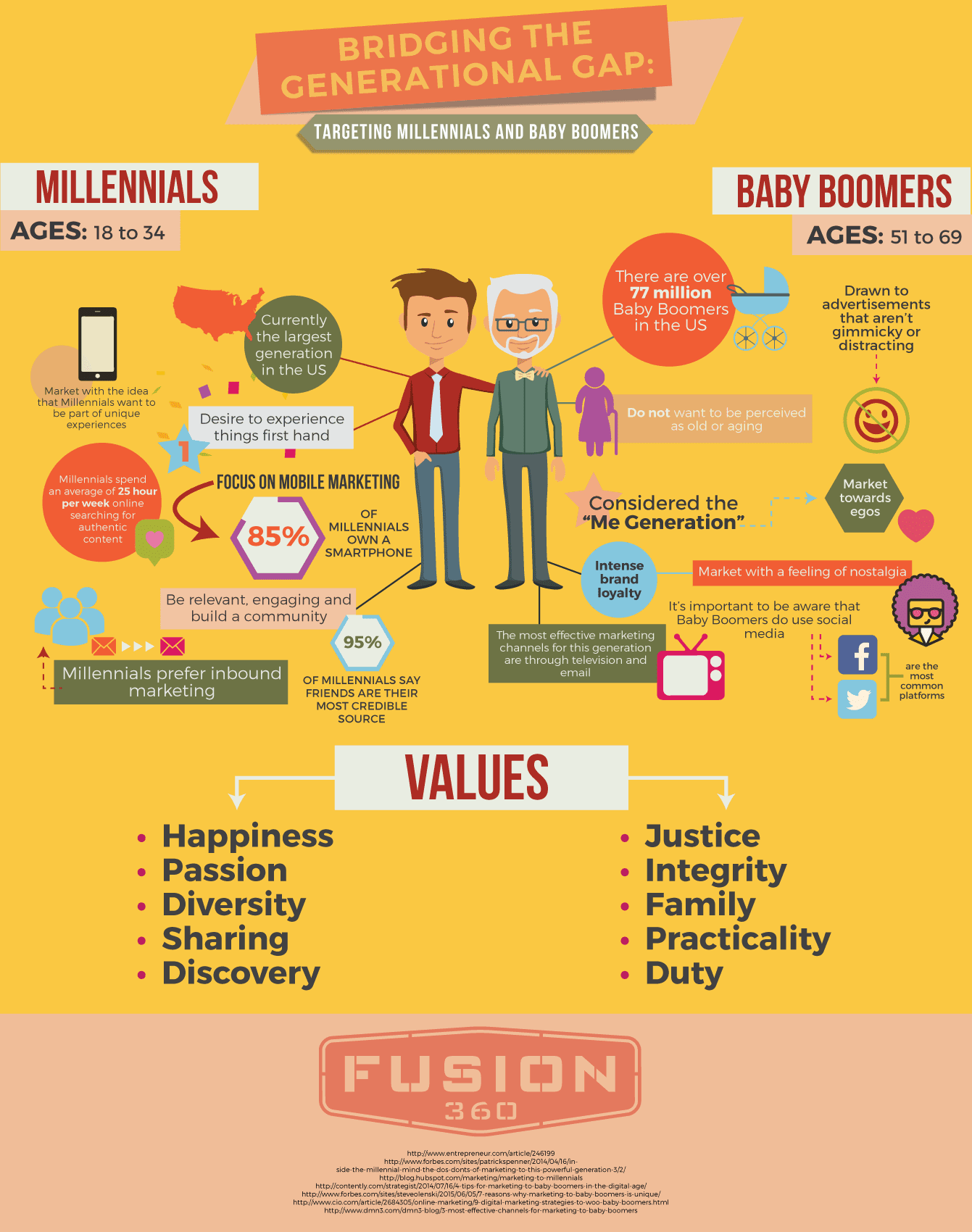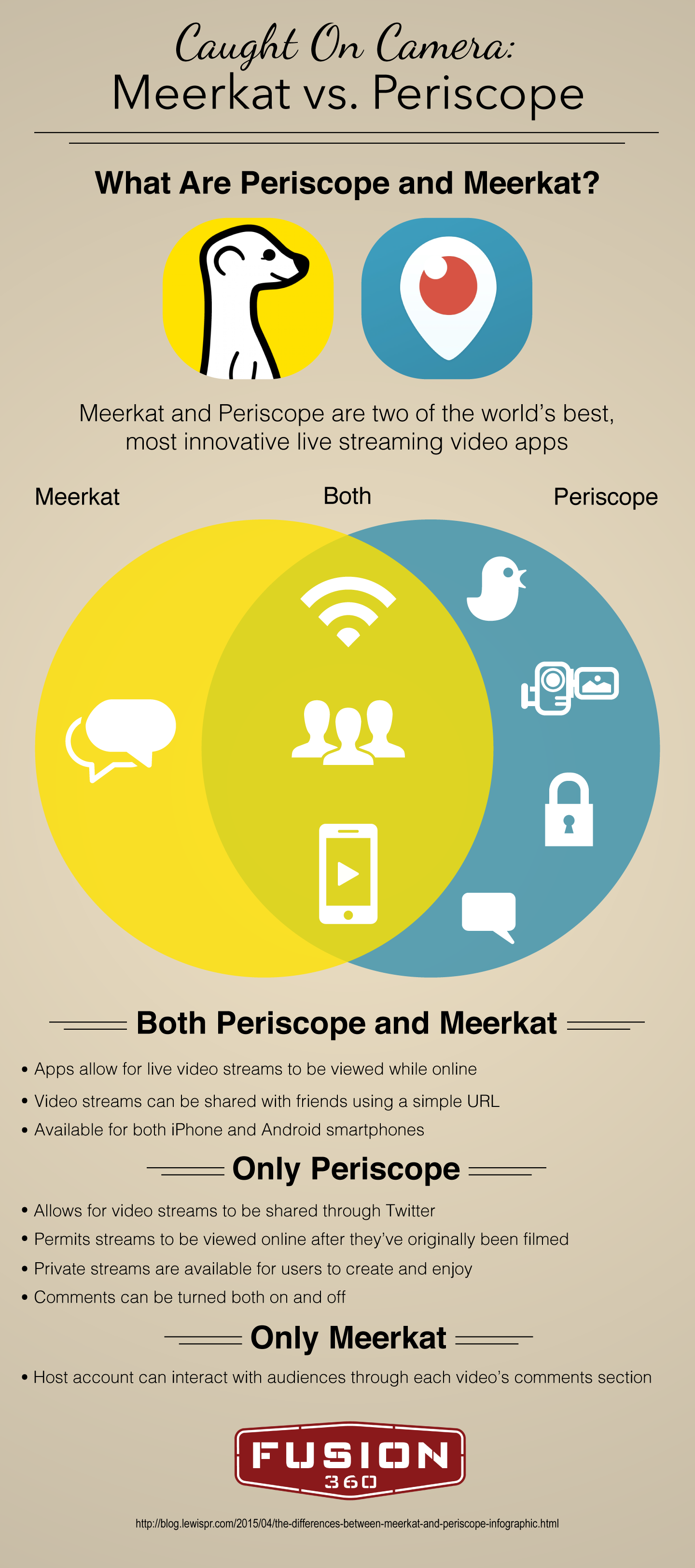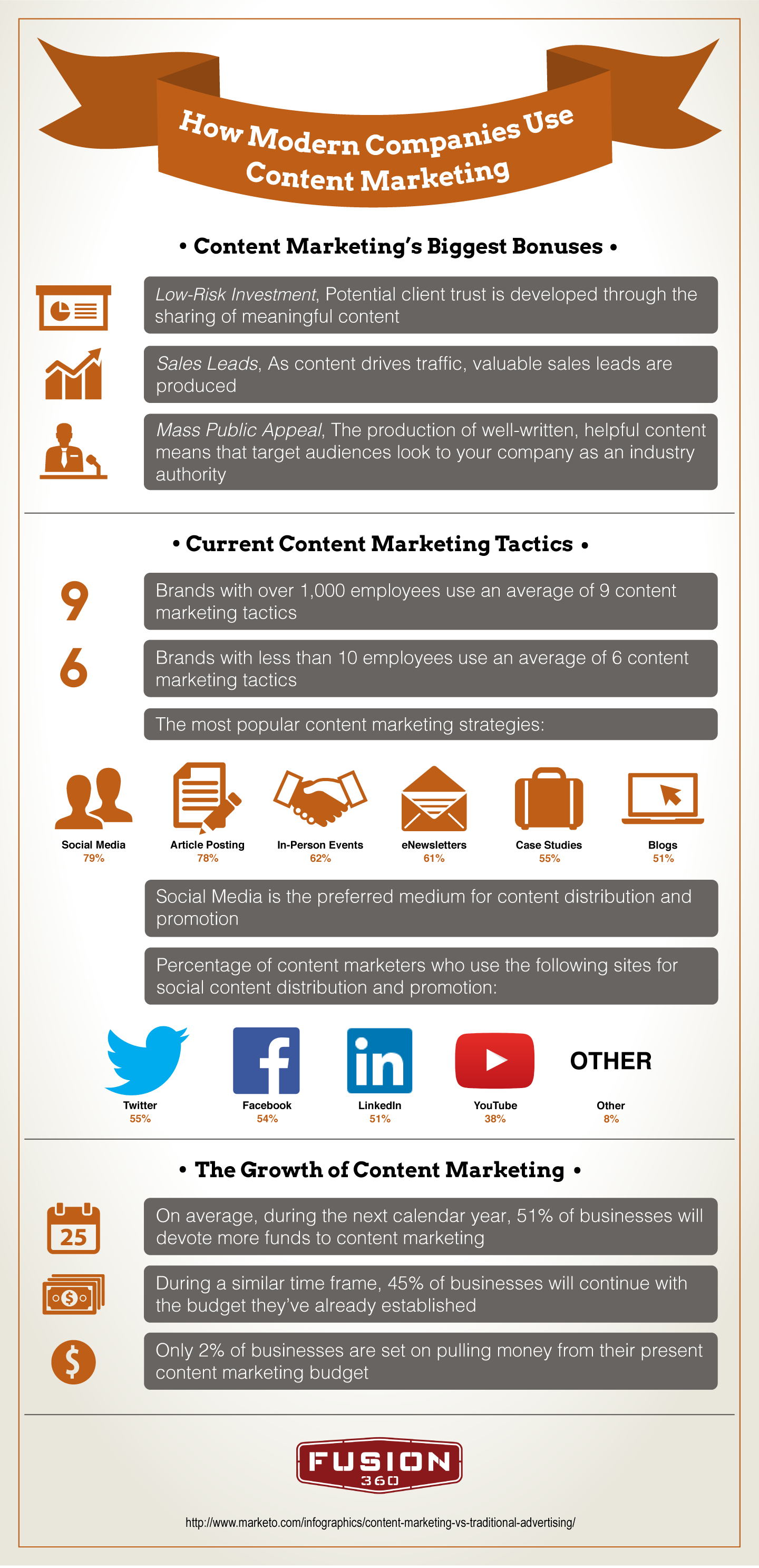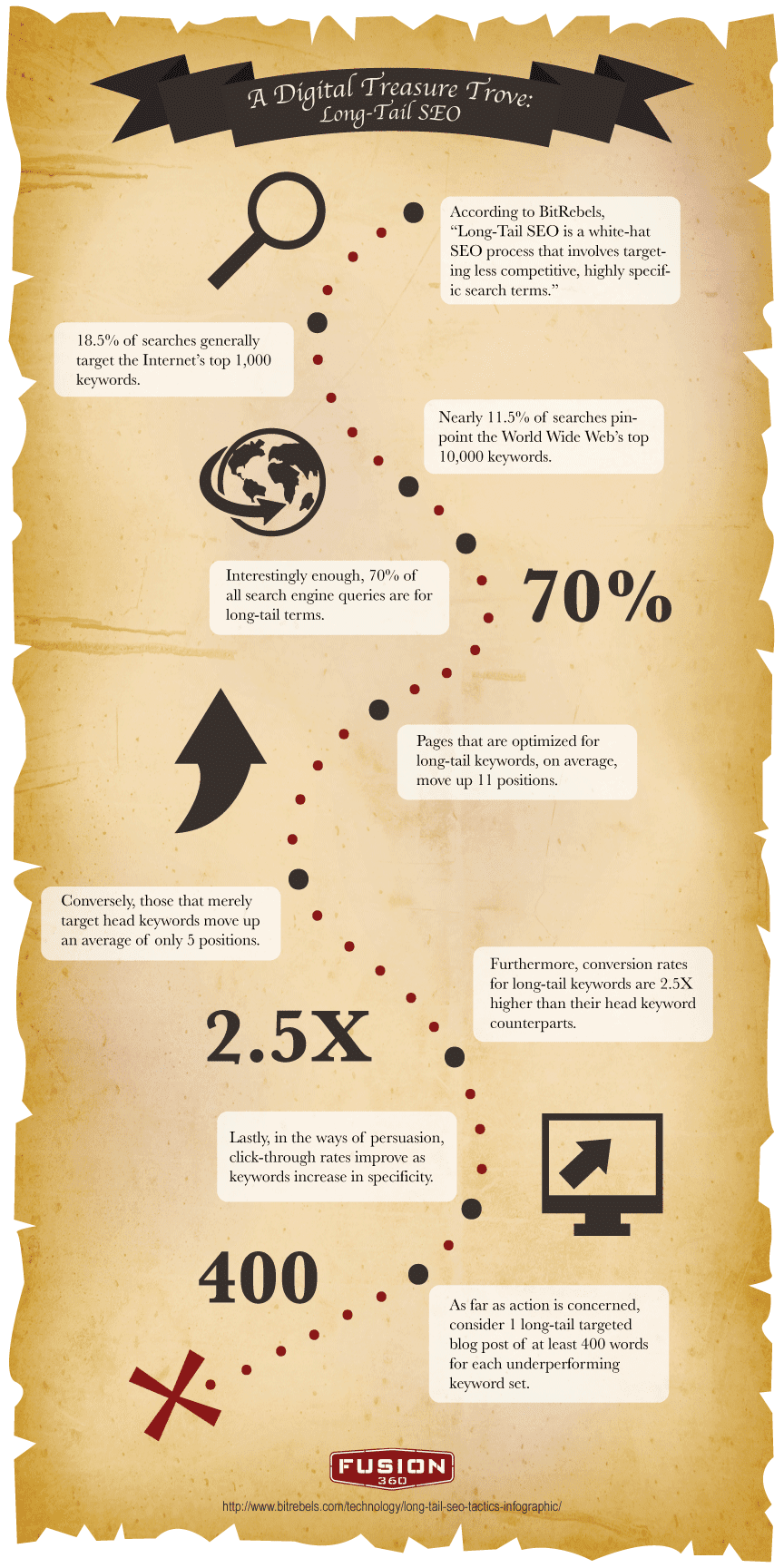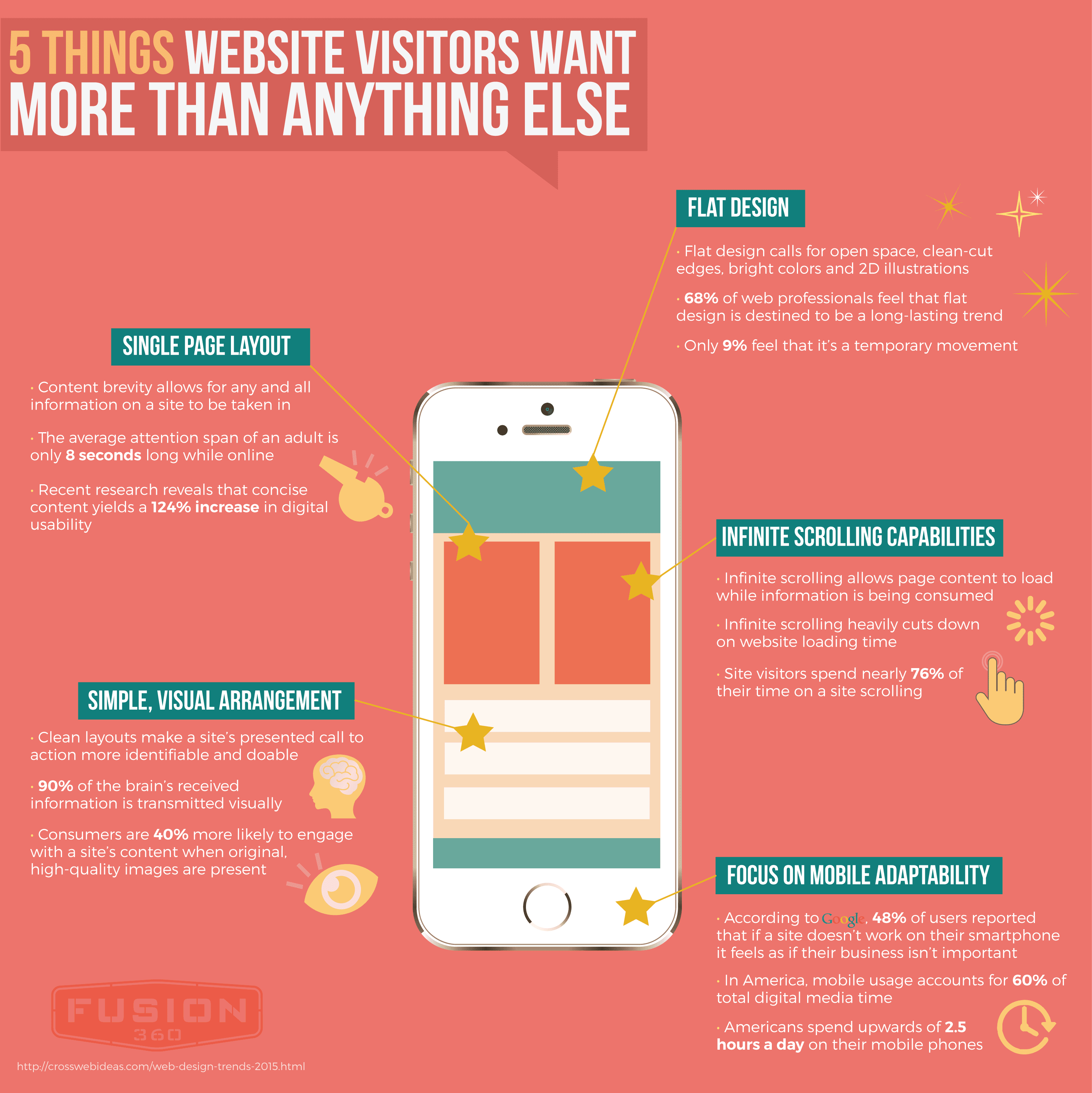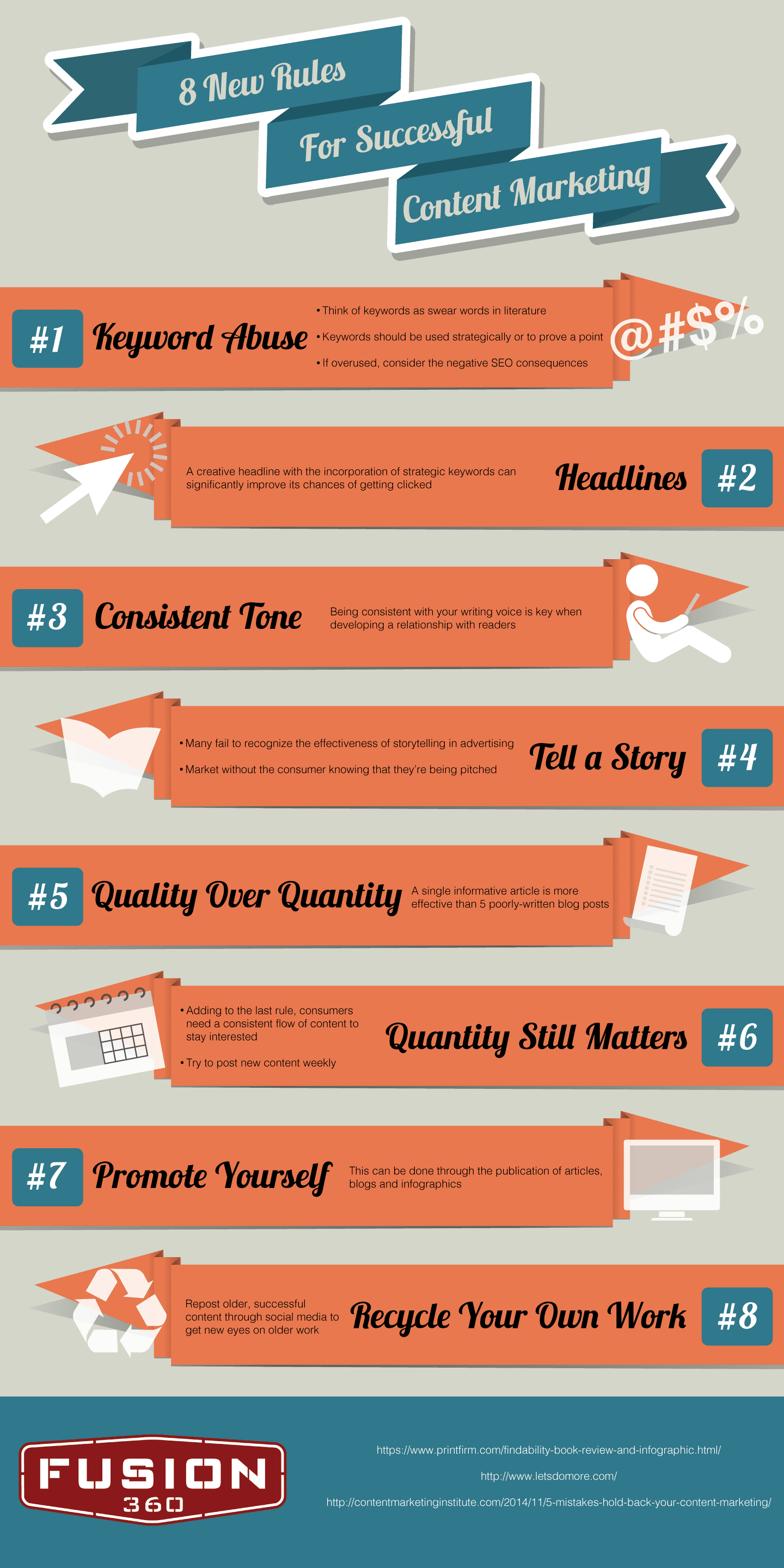In recent memory, few digital marketing trends have taken off with as much ferocity as that of social media. While Facebook was certainly the catalyst in the social movement, Twitter wasn’t far behind and is arguably, as far as many marketing agencies are concerned, the best, most effective tool that digital product and service pushers have in their respective social arsenals. Known for its shorthand communicative tactics, Twitter has managed to connect people from each of the world’s four corners.
Even more impressive, with its game-changing launch in 2006, Twitter first introduced society to the hashtag. Now, with even more social channels available for both users and marketers to use, the hashtag has managed to migrate to a wide variety of outlets. What’s so powerful about the almighty hashtag, you ask? Well, the following infographic does a nice job of explaining just that:


